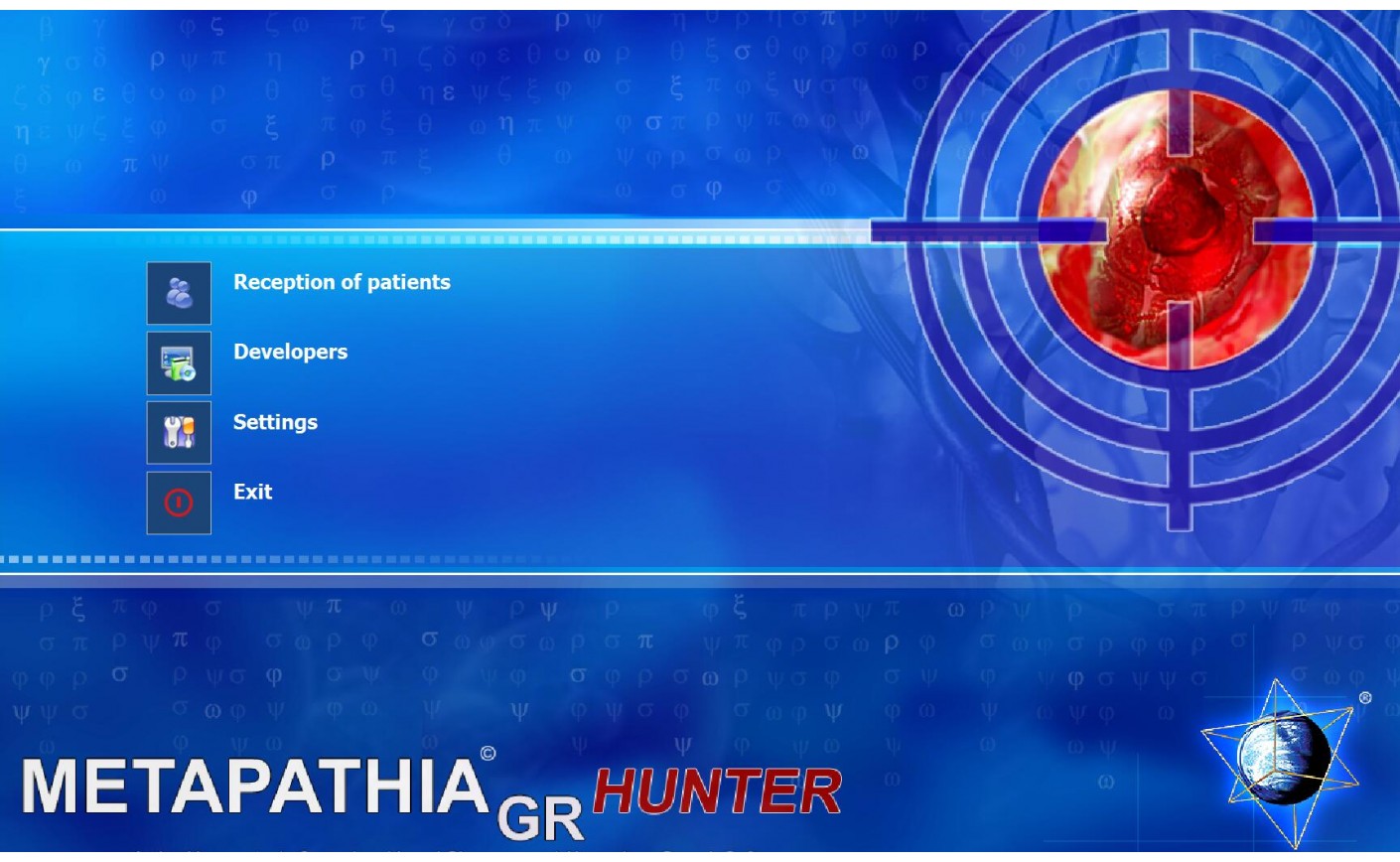3D NLS-diagnostics By Metatron Hunter For Gallstone Diseas
One of the main complications of gallstone disease is choledocholithiasis which is found more than in 10% of patients who had underwent cholecystectomy. Concrements in common bile duct are generally developed in case of their migration from gall bladder through cystic duct (diagnostics in the first 2 years after cholecystectomy). Secondary concrements in common bile duct generally develop 2 years after cholecystectomy. These concrements are associated with bile stasis in common bile duct (the narrowing of common bile duct, papillary stenosis, OddiŌĆÖs sphincter dysfunction) or with infection.
NLS-diagnostics of choledocholithiasis complications as a method of primary screening has undeniable advantages in comparison with other hardware diagnostic techniques. Though the detection of choledocholithiasis is difficult and in some cases impossible without spectral-entropic analysis. In case of common 2D NLS-graphy the mistakes occur most often when dealing with stones of smaller diameter (up to 5 mm.). 2D NLS-diagnostics of choledocholithiasis is only 60-70%.
Due to approximate density values of cholesterol stone and bile surrounding it the use of X-ray computed tomography does not allow concrements visualizing of the common bile duct especially in case of their small sizes and the lack of bile or pancreatic ducts ectasia. Also because of this the concrements cannot be differentiated with major duodenal papilla cancer. In this case the use of 3D NLS-research by metatron hunter with spectralentropic analysis is mostly reasonable in diagnostics of complicated cases of choledocholithiasis in case of accompanying chronic indurative pancreatitis and also for differential diagnostics of choledocholithiasis with pancreatic gland and bile ducts tumors. X-ray computed tomography is less sensitive to the detection of choledocholithiasis but it identifies more accurate the side and the cause of extrahepatic biliary obstruction in comparison with 2D NLS-diagnostics.
In case of isolated ectasia of the common bile duct or general pancreatic duct it is reasonable to use such diagnostic procedure as endoscopic retrograde cholangiopancreatography which is a ┬½gold standard┬╗ of the common bile duct concrements diagnostics for surgeons. Cannulation of the common bile duct and successful cholangiography processes are possible more than in 90% of patients. Concrements of the common bile duct detected during an operation may also be removed using endoscopic retrograde cholangiopancreatography. But there are both multiple contradictions against using given invasive technique and its complications in the form of pancreatitis, cholangitis, rupture or haemorrhage (occur in 5-8%). The death rate when using given method is 0.2ŌĆō0.5%. Complete removal of concrements using endoscopic retrograde cholangiopancreatography per single procedure is possible in 71-75% of patients, when performing several procedures in 84ŌĆō93%.

